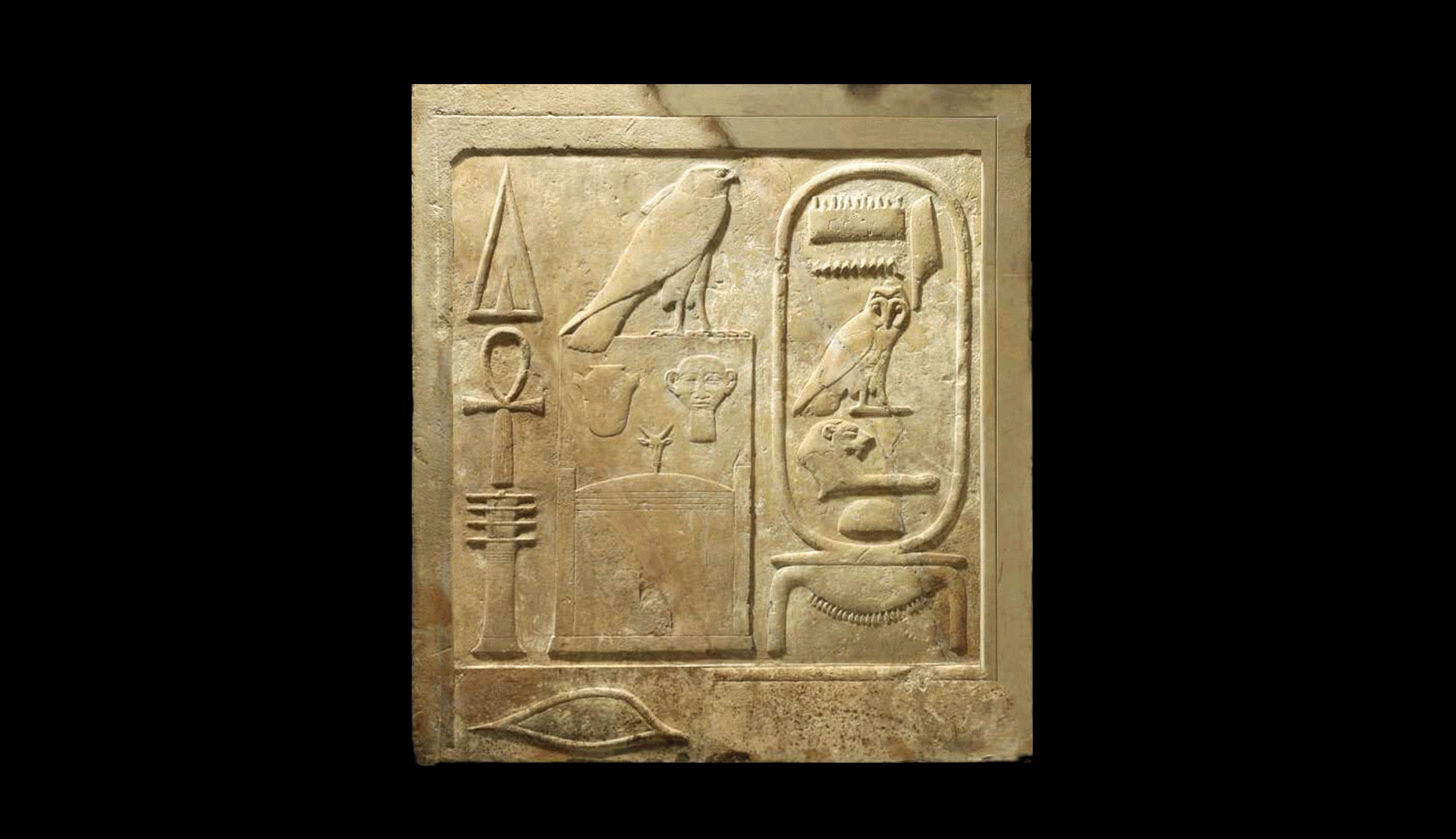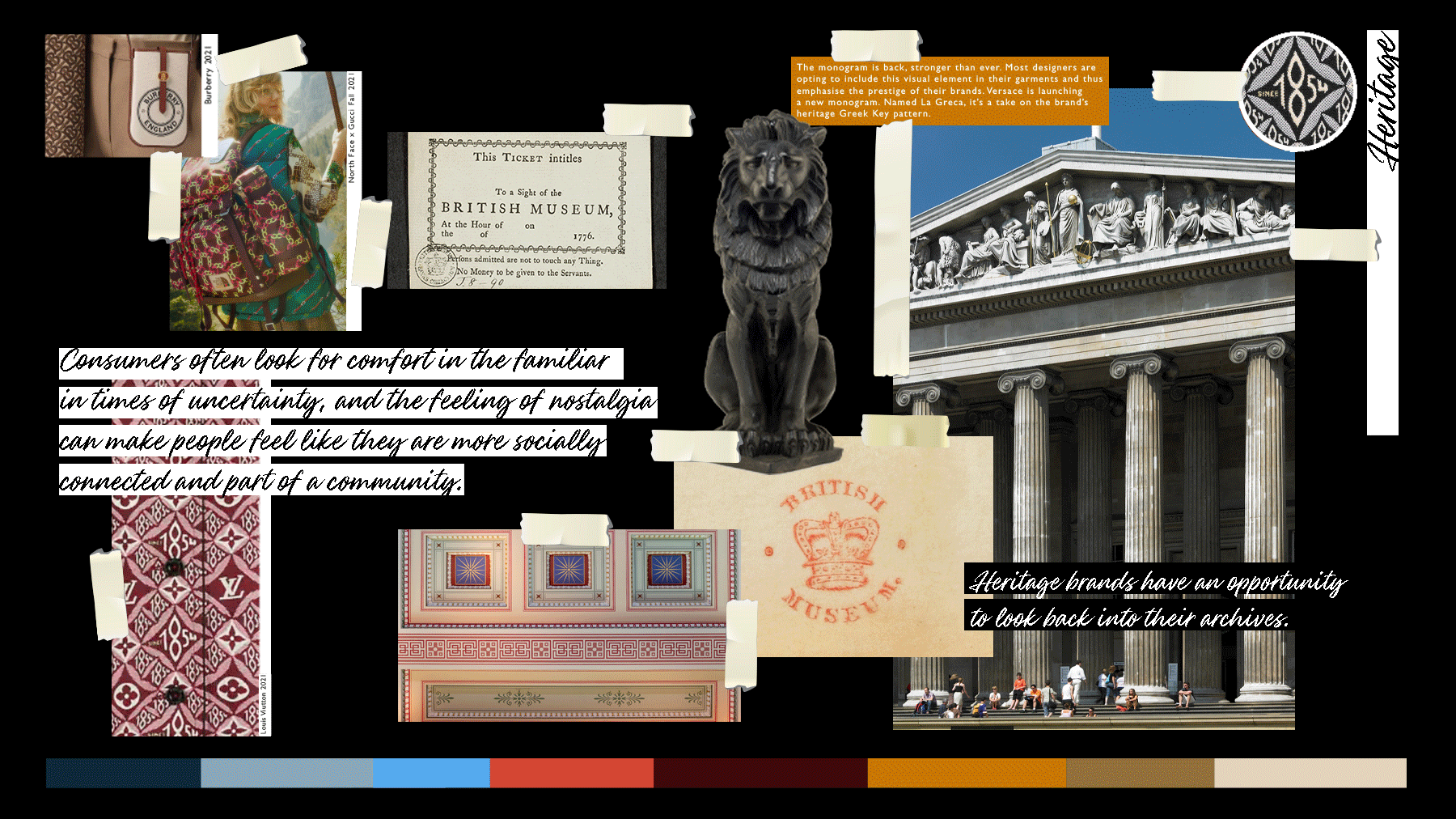A museum of the world, for the world
client
The British Museum
services
Strategic Insight, Trend Report, Style Guide, Packaging
date
2016 - On going

The British Museum first opened the doors behind its iconic Greek-style columns in 1759, revealing a collection of artefacts that dated back to the dawn of humankind. From ancient Egyptian mummies to the Rosetta Stone, it’s a museum that’s packed full of human history – and a team of people who want to share that knowledge with the world.
As the Museum’s tagline, ‘a museum of the world, for the world’ does its job perfectly. But when you want to develop licensed products, you need to get stuck into exactly who your consumers are. Our team stepped in with one goal in mind: how to turn a collection that is thousands of years old into something new, fresh and contemporary for the people who find it fascinating.
With 8 million artefacts, it houses the largest collection in the world.

Where the past meets the present.
For the Museum, licensing offered an opportunity to generate revenue and bring their rich history to even more people around the world. But first, they needed a way to make their collection accessible to commercial partners. With 8 million artefacts at their fingertips, the big question was – where to start?
Enter, Skew. The British Museum first came to us in 2016 thanks to our reputation for a strong strategic approach and ability to sensitively handle collections with care and reverence. We worked hand-in-hand with the curators to build out a strategy that would determine audience segmentation and product categories.
Since then, the British Museum team have come to Skew for everything from packaging to lookbooks and style guides – showcasing how to take an artefact and make it relevant to contemporary retail. Each one has been designed to give the licensees a set of parameters to work with, so they can take our approach and use it as an entry point into other parts of the collection.

From ancient artefacts to modern-day momentos.
The first step? Understanding the vast collection of global history. Through internal audits, site visits and research, our team immerse themselves in the Museum’s rich collection, visual identity and values. From there, it’s all about building a sense of the wider market with an external audit of competitors, consumers and trends.
Next up, strategy. By pulling out themes, collection stories, relevant trends, starting points (like materials, styles or abstract prints – a 16th century animal print could unlock the inspiration for a whole collection) and identifying audience segments, a strong strategic framework comes together.
From there, it’s time to get creative. Building specific personas is a really effective way of designing for target consumers and helps our team get stuck into a nuanced design development process – creating everything from moodboards to graphic and product mock-ups.

Finally, the Museum is presented with a style guide they can roll out to commercial partnerships, including a ton of ownable assets and design inspiration that shows how to put it into practice. Once it’s been put to the test with consumers, it comes back around to product development, licensees and the client so that refinements can be made until everyone’s 100% happy.
“Skew remain as fresh in their approach today as they did when we started.
They have committed to learning and understanding the Museum, its values and collection over the years to such a deep level, informed by the ever-moving edge of design and consumer trends. At a personal level, the energy that the Skew team brings is infectious, renewing and challenging in the right way.”
- Craig Bendle, Product Licensing Manager at The British Museum
Collections for all kinds of consumers.
Over the years, the British Museum has come to us to help them expand licensing beyond traditional categories to brand new targets. They want to create products that tell empowering stories and explore lesser known parts of the collection. By challenging the Museum to push boundaries within each project, we’ve been able to treat artefacts with the care and respect they require whilst making them truly contemporary.
From a ‘Women of the World’ collection that features greek statues and highlights the importance of women in society, to a ‘heritage’ collection that draws on the architectural details and history of the building, to ancient tarot cards that form the basis of colourful, eclectic prints – we’ve varied our illustration styles, treatments and colour palettes to make collections that come to life for new audiences.


















History that’s here to stay.
By creating products that are made with people in mind, The British Museum has been able to bring their collection to millions more around the world and increase revenue. With renewed interest from audiences like China’s gen Z, who love to see how modern brands reinterpret ancient Chinese culture, they’ve been able to bring works like Hokusai’s Great Wave to huge swathes of new people.





















